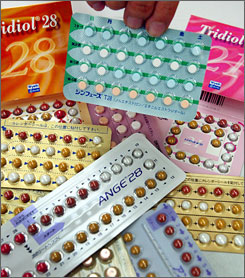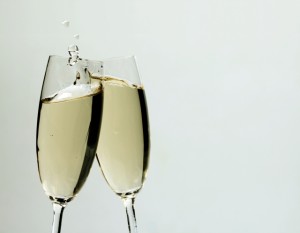 Green Up Your Health in 2011
Green Up Your Health in 2011
This new year, make a resolution to “green up” your health. Below are some ideas for healthy New Year’s resolutions that can help you eliminate some toxins from your life and get a fresh start in 2011!
Use triclosan-free Products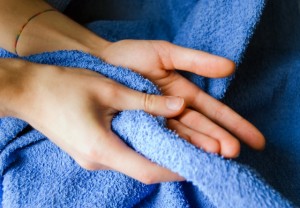
We’ve previously discussed the dangers of using the chemical triclosan, which can disrupt the endocrine system. It is a common ingredient in hand sanitizers and liquid soap. However, you can’t stop washing your hands, especially during cold and flu season! Instead, switch to triclosan-free products. The Environmental Working Group’s Skin Deep Cosmetic Safety Database has a list of triclosan-free liquid soap and hand sanitizers.
Be mindful of your fruits and vegetables
Recently, the Environmental Working Group released a list of the 12 fruits and vegetables that have the highest and lowest amounts of pesticides:
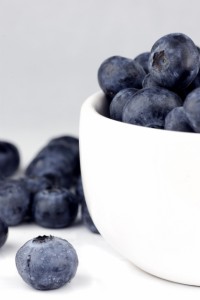 The 12 Dirtiest: Peaches, apples, sweet bell peppers, celery, nectarines, strawberries, cherries, pears, grapes (imported), spinach, lettuce, and potatoes.
The 12 Dirtiest: Peaches, apples, sweet bell peppers, celery, nectarines, strawberries, cherries, pears, grapes (imported), spinach, lettuce, and potatoes.
The 12 Cleanest: Onions, avocado, sweet corn (frozen), pineapples, mango, asparagus, sweet peas (frozen), kiwi fruit, bananas, cabbage, broccoli, and papaya.
Fret not, if your favorite produce made the dirty list—you can always buy organic. Be sure to wash and scrub all of your produce, and consider planting a garden or getting involved with a community-supported agriculture program this summer.
(Almost) spring cleaning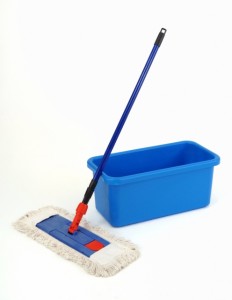
Sometimes, I make a resolution to give my house a thorough cleaning. Before you finally scrub down the shower or organize your closet, check out our reference page on cleaning products for tips on making your own non-toxic cleaners and avoiding harmful chemicals. Be sure to regularly vacuum, wash and dust surfaces, and remove your shoes before entering your home. Dust is filled with everything from residues given off by electronics to oil you might have walked through in a parking lot. You don’t want to be breathing that all winter, do you?
Quit smoking
It’s not news that smoking is a leading cause of death in the United States. If you smoke, resolve 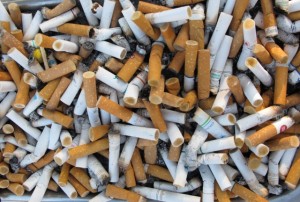 to quit this year—you will be protecting not only your health, but the health of those around you. Some local resources to help you quit include The Vermont Quit Network, The Main Tobacco HelpLine, Tobacco-Free Maine, and Try To STOP TOBACCO New Hampshire.
to quit this year—you will be protecting not only your health, but the health of those around you. Some local resources to help you quit include The Vermont Quit Network, The Main Tobacco HelpLine, Tobacco-Free Maine, and Try To STOP TOBACCO New Hampshire.
Have a healthy and happy New Year!
* Photos by luigi diamanti, Bill Longshaw, graur razvan ionut, Paul, Suat Eman, obtained from freedigitalphotos.net.


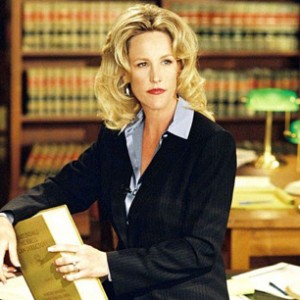
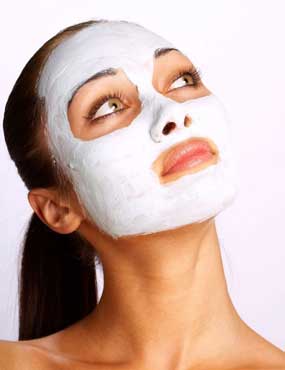 I am currently in a class at UVM entitled Women’s Health and the Environment. One of the most recent topic we've explored is the crazy and dangerous world of cosmetics.
I am currently in a class at UVM entitled Women’s Health and the Environment. One of the most recent topic we've explored is the crazy and dangerous world of cosmetics.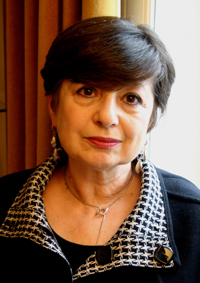
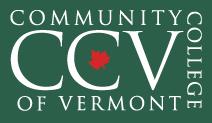
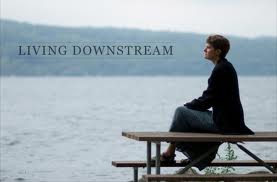
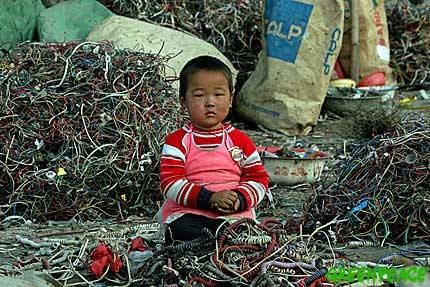
 Green Up Your Health in 2011
Green Up Your Health in 2011
 The 12 Dirtiest: Peaches, apples, sweet bell peppers, celery, nectarines, strawberries, cherries, pears, grapes (imported), spinach, lettuce, and potatoes.
The 12 Dirtiest: Peaches, apples, sweet bell peppers, celery, nectarines, strawberries, cherries, pears, grapes (imported), spinach, lettuce, and potatoes.
 to quit this year—you will be protecting not only your health, but the health of those around you. Some local resources to help you quit include
to quit this year—you will be protecting not only your health, but the health of those around you. Some local resources to help you quit include 